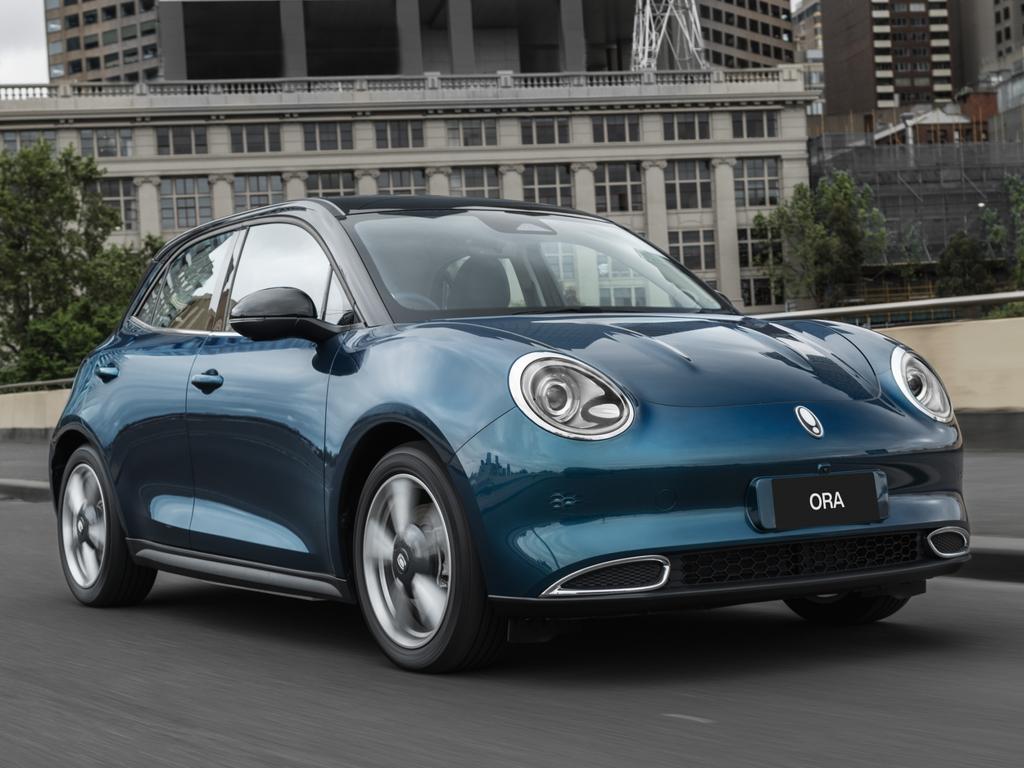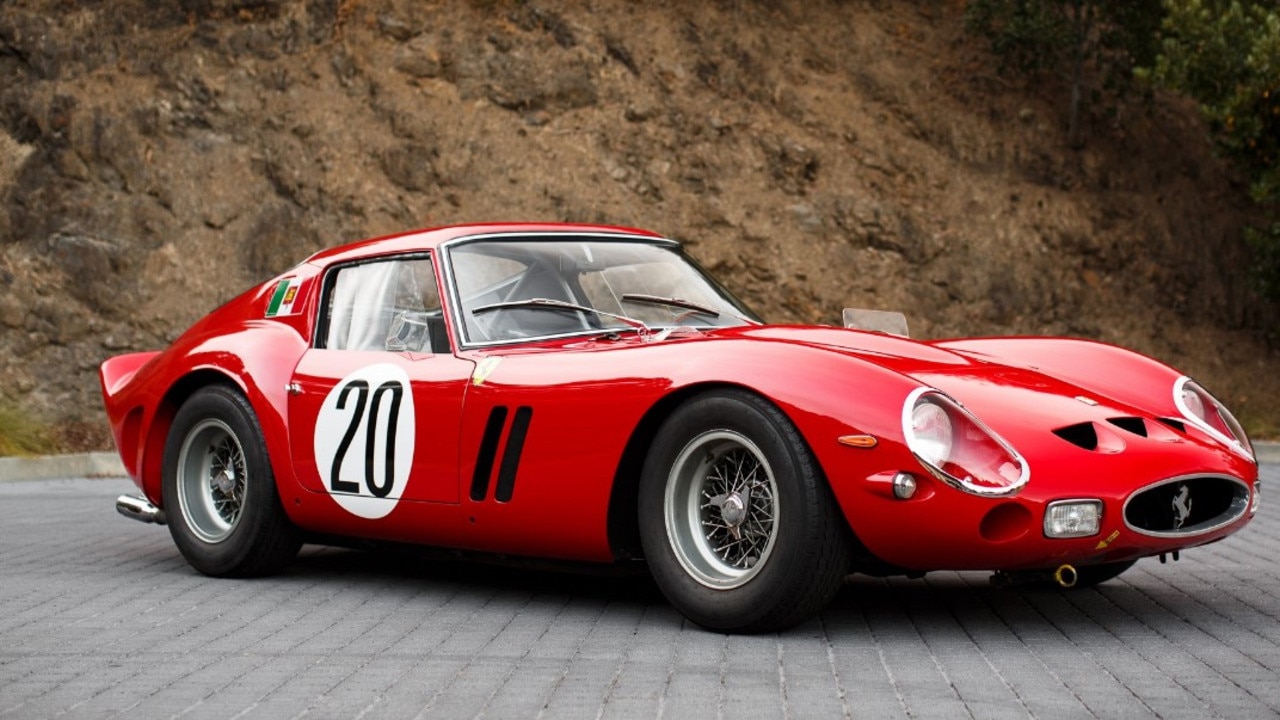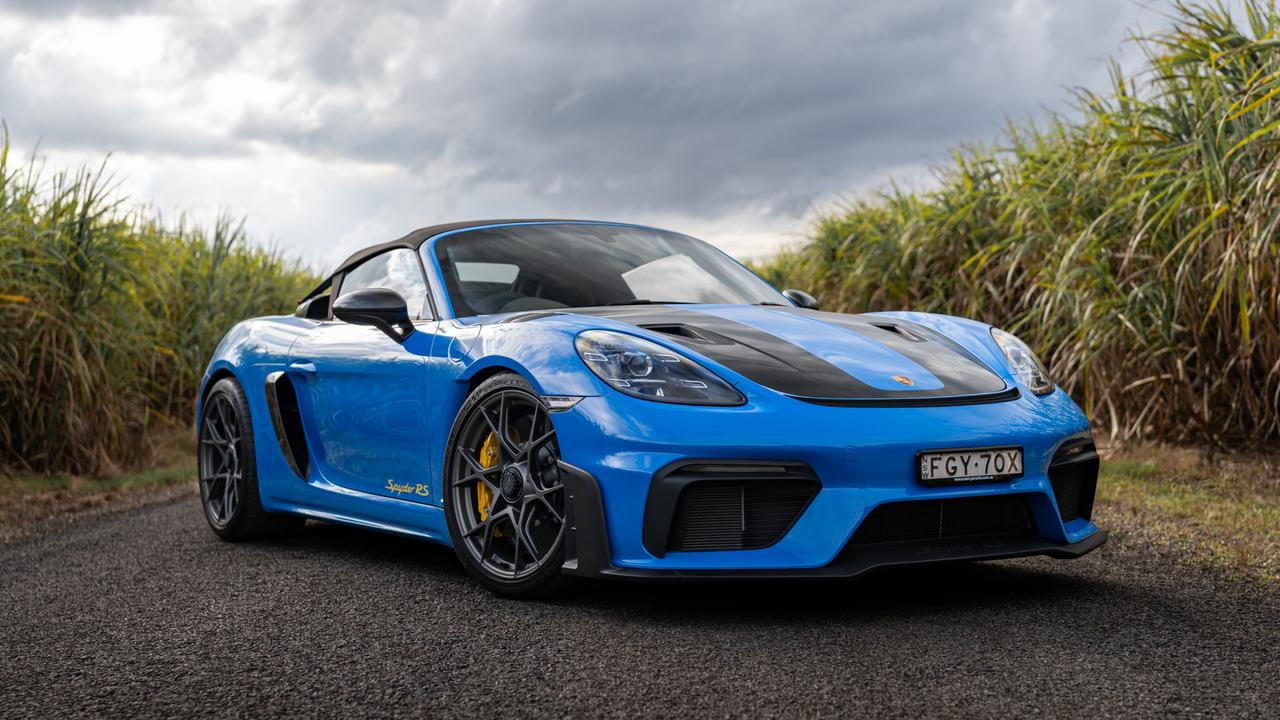EV game changer: BYD Seal takes on Tesla’s Model 3
BYD is about to introduce a direct rival to the popular Tesla Model 3. Can the Chinese brand end Tesla’s reign in the electric car market in Australia?
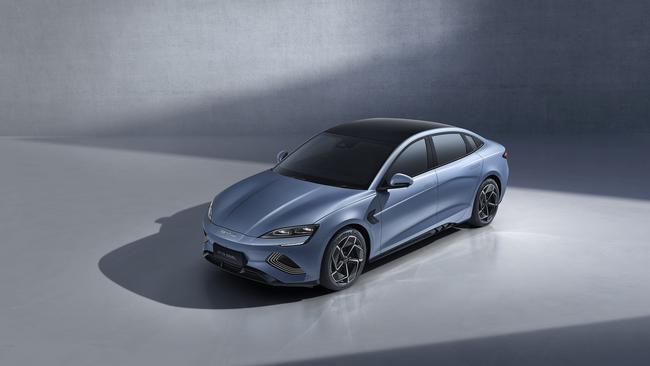
Tesla has dominated the electric car market in Australia, selling more than four times as many EVs in 2023 as its next closest competitor.
Chinese brand BYD wants to change that and is about to introduce its most direct rival to the popular Tesla Model 3. The all-new BYD Seal is a mid-size sedan, which has been dubbed a “luxury sports” model as the brand moves more upmarket from its initial price-led models – the Atto 3 and Dolphin (yes, BYD, which stands for Build Your Dreams, could do with a nomenclature consultant).
The Seal certainly boasts sports-car levels of performance, with the appropriately named Performance AWD model producing 390kW of power and 670Nm of torque, enough for it to race from 0 to 100km/h in just 3.8 seconds (a Porsche 911 Carrera takes about 4.1 seconds).
Speaking as the Seal was publicly revealed in Australia for the first time at BYD’s new Megastore in Sydney, Luke Todd, CEO of EVDirect, BYD’s local distributor, wasn’t shy about his ambition for this new offering.
“This really is a significant moment in the Australian automotive industry,” Todd said. “When I first founded EVDirect, the objective was to bring the world’s best electric vehicle technology to Australia and do so in an affordable manner. I’m confident we have delivered.”
For all of its speed, power and luxury, BYD hasn’t forgotten that it was price that has driven the success of its Atto 3 (currently the bestselling non-Tesla EV in Australia). With that in mind, there are two other models in the Seal line-up, the entry-level Dynamic and mid-range Premium.
The Dynamic is priced from just $49,888 (plus on-road costs), which is more than $12,000 cheaper than the equivalent Tesla Model 3. It does have less equipment than the Performance AWD, though, starting with a single, rear-mounted electric motor (instead of the two motors on the range topper), which makes a more modest 150kW and 310Nm.
It also has less driving range, with 460km compared to 570km for the Premium and 520km for the Performance.
For context, the facelifted incoming Tesla Model 3 will be priced from $61,900 and offers 513km of range (Tesla has not provided official power or torque figures).
The new range-topping Model 3 Long Range will start at $71,900 and has a driving range of 629km, which gives it a significant on-paper advantage over the Seal, but at $68,798 the Seal Performance AWD has financial appeal of its own.
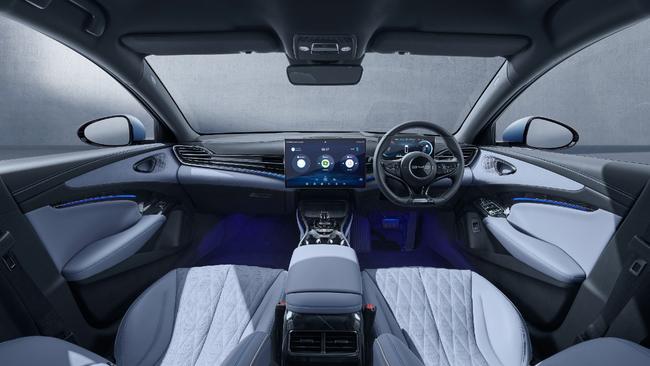
And the Seal is only part of BYD’s plans to expand in Australia. The Dolphin is the cheapest EV on the market today, priced from just $38,890 (making it just $100 cheaper than the MG4) and the first shipment of the hatchback arrived in the country this week.
While BYD Australia doesn’t quote any pre-sale figures for the Dolphin and isn’t forecasting any sales numbers for the Seal, it does have another crucial advantage over Tesla – a dedicated factory that produces all three models for the local market. It means Todd is confident the company will have enough supply, regardless of demand.
BYD is already ahead of Tesla on the global market, overtaking its American rival thanks to its success in its native China and continued international growth. However, unlike Tesla, BYD doesn’t sell only electric vehicles, with a range of hybrid models available in China and other markets.
BYD Australia has confirmed plans to launch two new models locally in 2024, a larger SUV to slot above the Atto 3 and a new ute to take on the likes of the Toyota HiLux and Ford Ranger. While details on both remain scarce, Todd has confirmed both will feature a hybrid powertrain, with a small turbocharged petrol engine supporting the electric motor and batteries.


